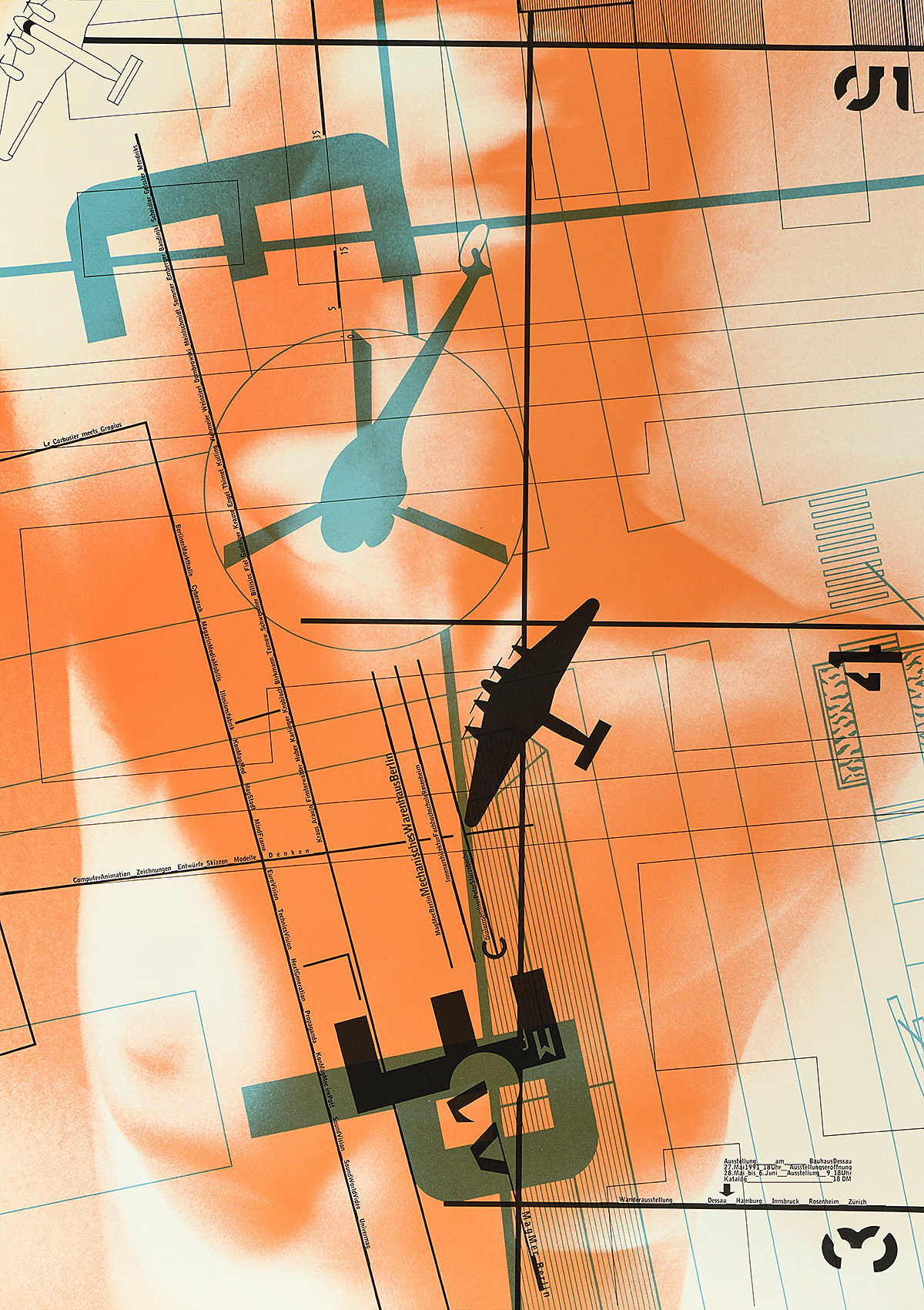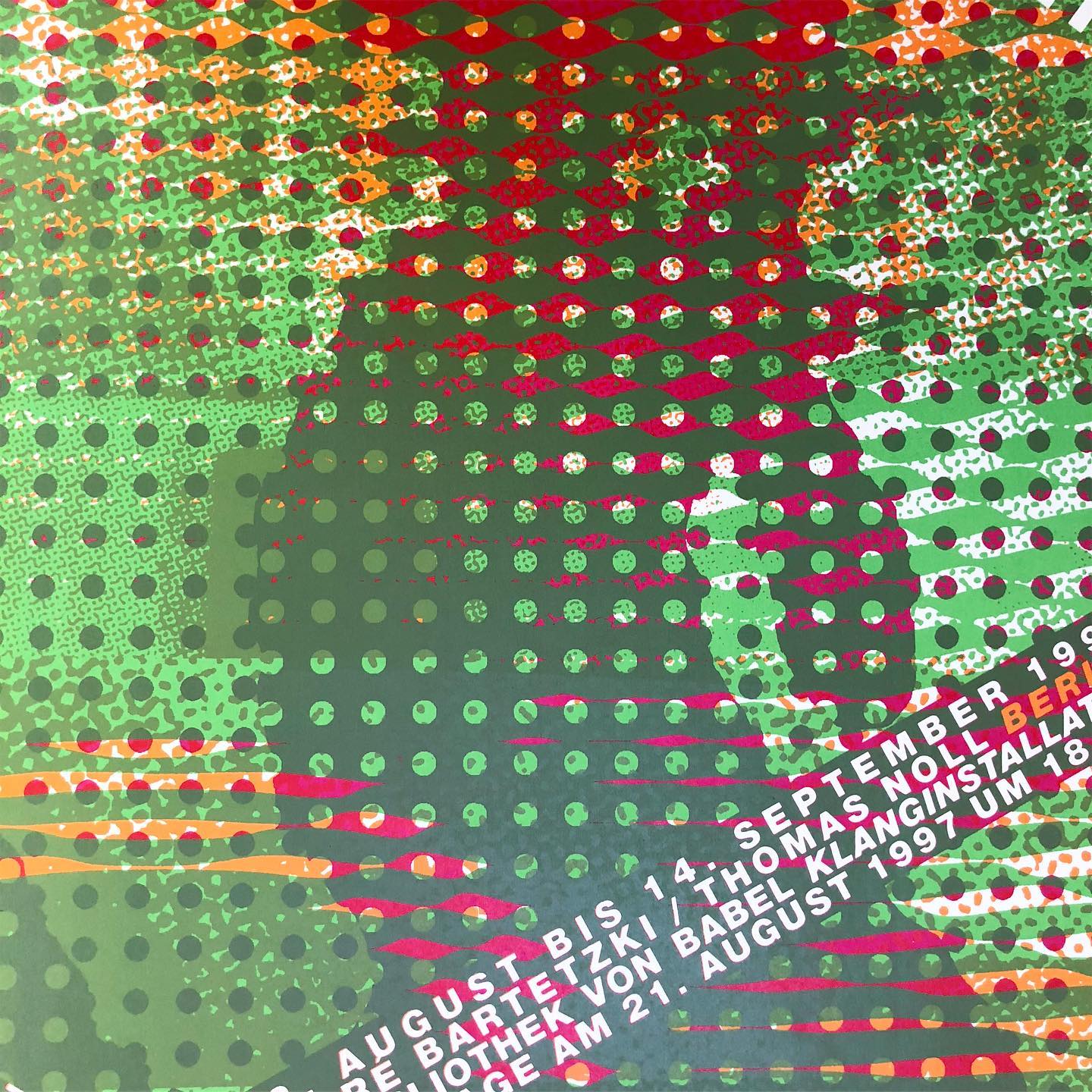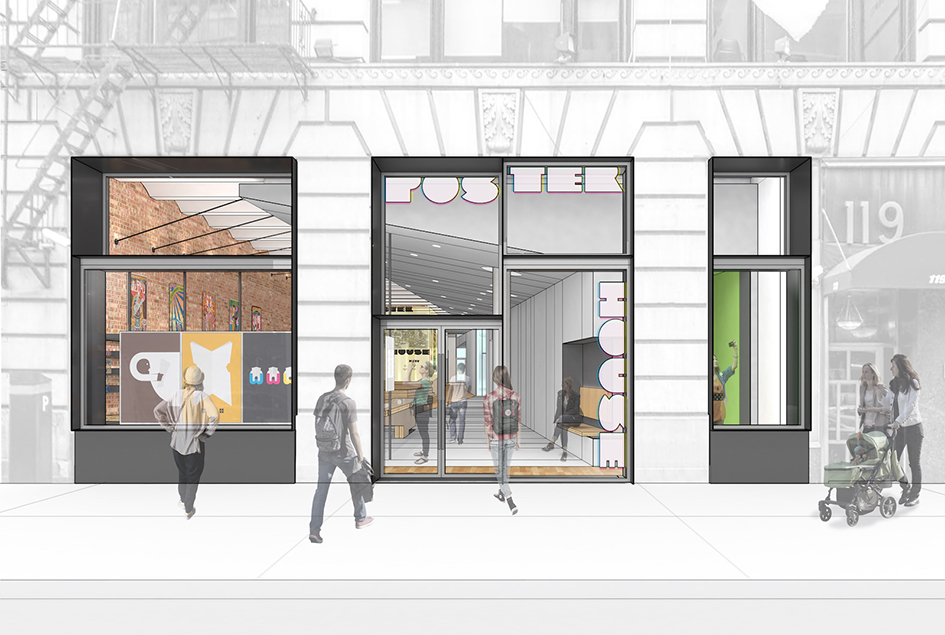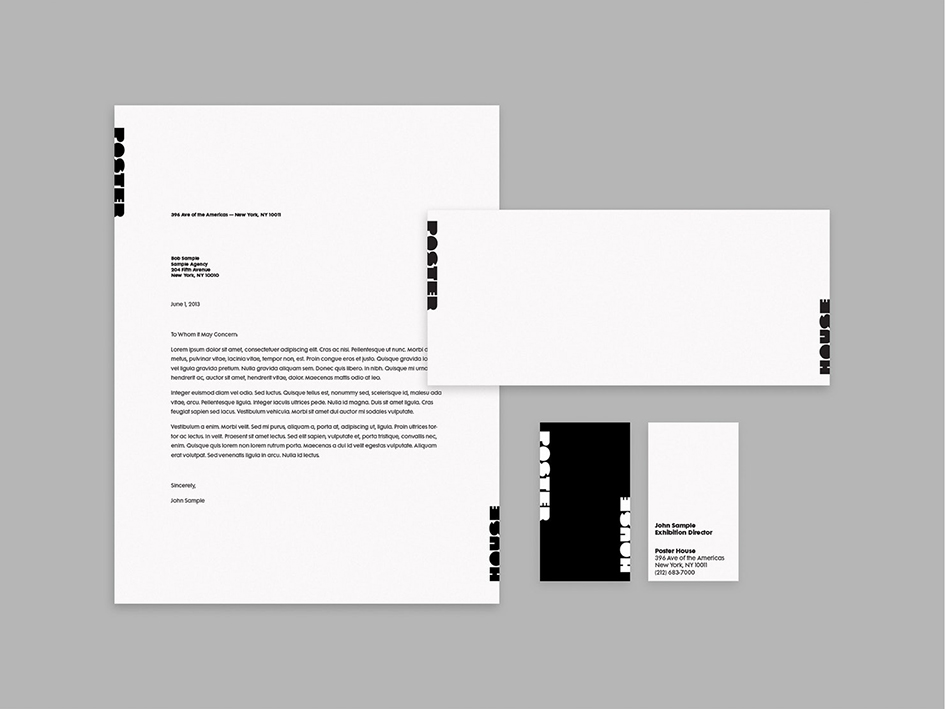Photoshop does Bauhaus: Germany's Cyan design collective conquers NYC as Poster House opens to the public
The first Poster Museum in the United States of America is at last open to the public. Poster House opens on June 20 bridging the past and the present through two exhibitions. On the one hand, there's a tribute to the famed Art Nouveau poster designer Alphonse Mucha. On the other Poster House presents a selection of works by the German design collective Cyan in one of the three exhibition spaces of the 15,000 square-foot museum in Chelsea, Manhattan.
Already boasting a permanent collection of 7,000 historical posters collected from around the world and 1,000 contemporary posters that will be shown in future exhibitions this brand new museum wants to be as diverse as possible. Although Poster House's choice to invest in the legacy of Alphonse Mucha is a safe one, PH is celebrating the Bauhaus Centenary 2019 with its second exhibition on view, displayed in the museum's “Jewel Box” room. Showcasing the work of East German graphic design group Cyan, “Designing Through the Wall: Cyan in the 1990s” brings to New York City the art of the poster after the fall of the Berlin Wall in 1989.
Born in East Berlin, Detlaf Fiedler and Daniela Haufe started the commercial graphic design agency Cyan soon after the 9th of November 1989, when a most extraordinary thing happened: The Berlin Wall was torn down by ordinary people. The duo would go on to become some of the first poster artists to utilize early desktop publishing tools like Photoshop and QuarkXPress into their work, while also looking back and drawing from the intellectual history of the famous Bauhaus art academy.
“Cyan expands upon Germany’s rich history as a leader in the printmaking world, their posters bursting with saturated colors, perfectly-executed text, and a precision of alignment few could replicate. They turn the tenets of 'good design' on their head, proving that advertising does not necessarily need to be immediately interpretable to be successful” notes Poster House.

“Cyan expands upon Germany’s rich history as a leader in the printmaking world, their posters bursting with saturated colors, perfectly-executed text, and a precision of alignment few could replicate”

Daniela Haufe (born East Berlin, 1966) has no formal arts education, but was trained as a manual typesetter in a publishing house. She joined the graphic design group Grappa where she met Detlef Fiedler, with whom she would go on to form Cyan—an agency they still run today. Between 1991 and 1995, she and Detlef co-edited the acclaimed critical design magazine form+zweck.
Detlef Fiedler (born Germany, 1955) is a trained architect and one of the five original founders of Grappa, the first graphic design agency in East Germany. Along with Daniela, he taught graphic design at the Academy of Visual Arts in Leipzig from 1996 to 2006, and continues to run Cyan with her today.



“Born out of the consumerist fervor of the Industrial Revolution, posters have a long history as a bridge between the worlds of art and design. They have been used to sell goods, advertise spectacles, promulgate propaganda, and incite revolutions”
Poster House is dedicated to presenting the impact, culture, and design of posters, both as historical documents and methods of contemporary visual communication. Through temporary exhibitions, a growing permanent collection, and educational events, Poster House explores the enormous impact of posters on society and culture, and how they continue to influence human behavior in the 21st Century.
As the first museum in the United States specially devoted to global history of posters, PH aims to provide a space for inquiry for all those in the New York City area and beyond who are interested in design, advertising, and public interventions, with an aim of improving design literacy among the general public.
“Born out of the consumerist fervor of the Industrial Revolution, posters have a long history as a bridge between the worlds of art and design. They have been used to sell goods, advertise spectacles, promulgate propaganda, and incite revolutions; in all these capacities, posters alternately reflect and guide social concerns of the day. Poster House aims to draw out hidden histories of poster art, map their continued role in today’s media landscape, and encourage future design as the medium is reclaimed and reworked by successive generations in order to communicate quickly, effectively, and seductively to an audience constantly on the move” notes the museum.
Poster House's permanent home is designed by LTL Architects. Poster House will host lively, rotating exhibitions of international posters from all time periods and cultures, exploring how this ephemeral medium came to become the people’s art.

Approximately 15,000 sq. ft. in total, the through-block museum encompasses both the street level and cellar of 119 W. 23rd St.. “We look forward to exploring the world through posters, which have always prioritized direct communication with audiences through the beauty of design,” said Poster House Director Julia Knight. “The space reflects that, drawing visitors to the exhibition areas while maintaining a street-like vibe. We’ll be able to celebrate posters as works of exceptional art and design, and maintain a sense of their natural, public context.”
Poster House is being guided by an advisory board that includes, among others Paula Scher, Steven Heller, Ellen Lupton, Nicholas Lowry and Alexander Tochilovsky.
On top of it all, Pentagram has created a dynamic identity for Poster House that treats the name as a moveable frame that immediately announces the content at hand. Set in a custom typeface, the two words of the name are placed along the edges of collateral and promotional materials, where they set off images and information and signal they are part of the Poster House programming, exhibitions or collection. The words are trimmed along their top or bottom, playing with the edges to suggest the layering of sniped posters or the crop of a full-bleed design.

Poster House is being guided by an advisory board that includes, among others, Pentagram's own Paula Scher; the design critic, author and educator Steven Heller; Ellen Lupton, curator of contemporary design at Cooper Hewitt; Nicholas Lowry, president of Swann Galleries; and Alexander Tochilovsky, curator of the Herb Lubalin Study Center of Design and Typography at Cooper Union.
Set to become the obvious reason to celebrate 2019 as the year of the poster, Poster House is ready to inspire and educate us all. Cheers to that!

Poster House opens June 20 on 119 W. 23rd Street, New York. Alphonse Mucha: Art Nouveau/Nouvelle Femme and Designing Through the Wall: Cyan in the 1990s will run from June 20 to October 6th, 2019. Both exhibitions are curated by Angelina Lippert.
Tags/ origins, exhibition, posters, berlin, bauhaus, germany, poster house, cyan, photoshop, detlaf fiedler, daniela haufe, quarkxpress

























